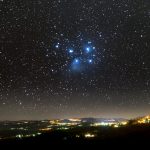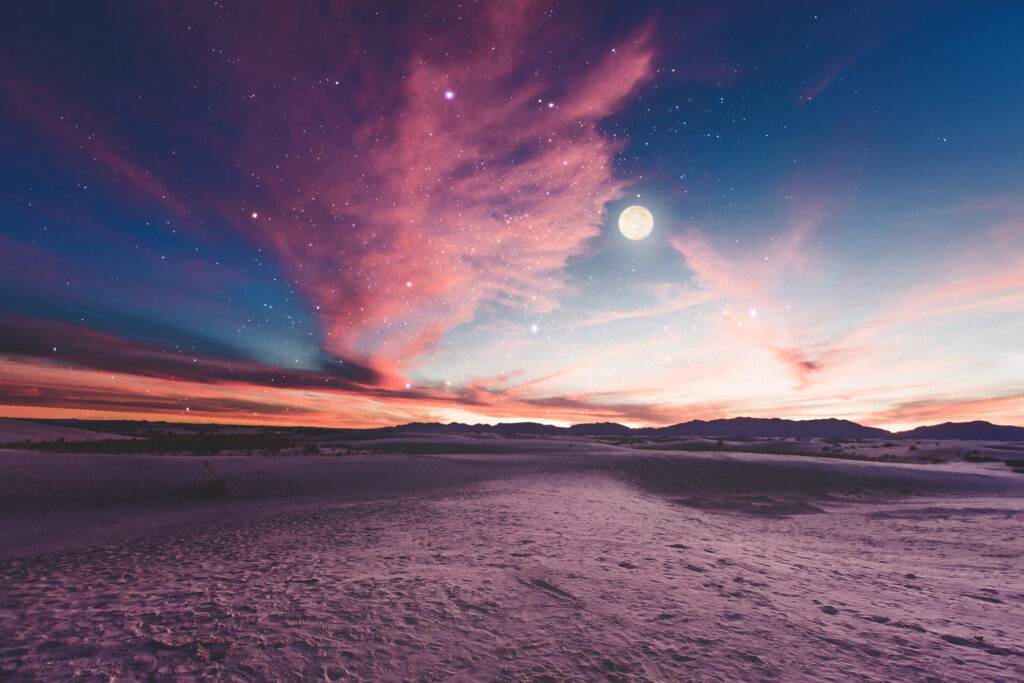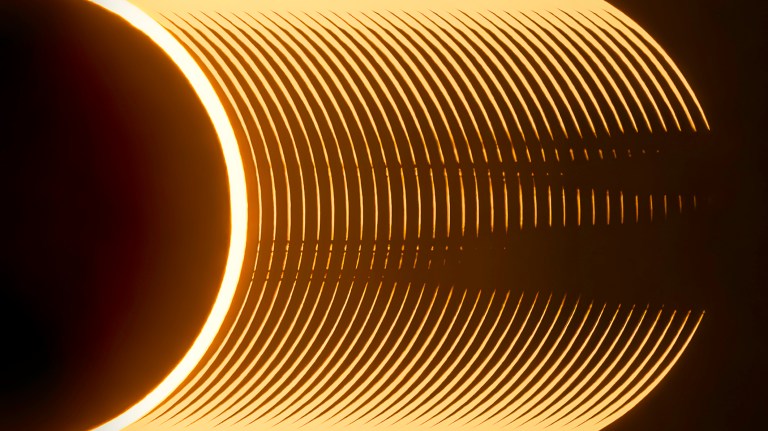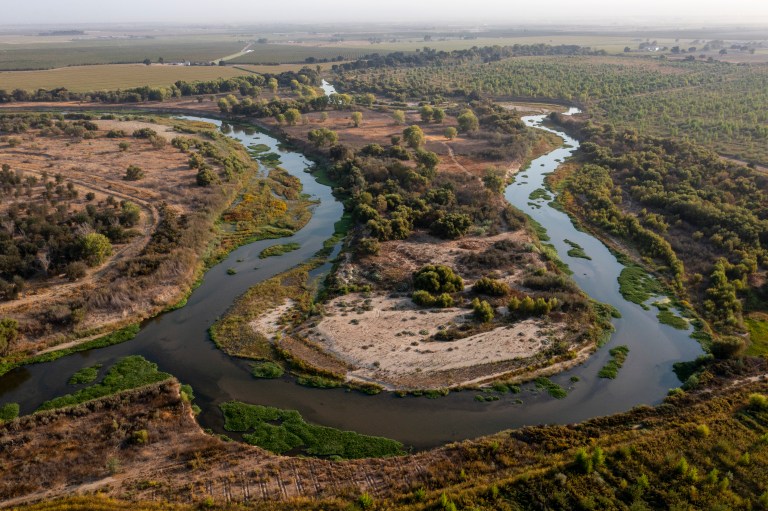Stargazers, rejoice! April brings a few major astronomical treats and feasts for the eyes. Most fittingly, this month is designated as Global Astronomy Month, per Astronomers Without Borders, with International Astronomy Day taking place on April 29. The day was started in 1973 by Doug Berger — the then president of the Astronomical Association of Northern California — according to Days of the Year. Berger’s desire to increase the public’s interest in astronomy resulted in telescopes being set up in several urban locations “to make space more accessible to everyone.”
Thanks to an abundance of information available nowadays, courtesy of the internet, it’s easier than ever to enjoy the spectacle of the sky above. Here are the coolest celestial happenings to look out for in April.
PLANETS
Mercury
April 11
According to Sea and Sky’s Astronomy Reference Guide, Mercury will be at its highest point in the evening sky on April 11, when it will appear low in the west just after sunset.
CONSTELLATIONS

The Pleiades star cluster, aka “the 7 Sisters,” and the Hyades star cluster are worth seeking out this month. Per Earthsky.org, the Pleiades cluster is a world-renowned wonder of the night sky, and it remains visible through a good portion of April. It can be seen from most locations, from the North Pole to south of the tip of South America. Described as “a tiny misty dipper of stars,” one of its most famous features is Orion’s Belt.
The Hyades cluster is punctuated by the bright red star of Aldebaran, which is the “bull’s eye” of Taurus. Earth Sky recommends catching these on April 21 and 22.
OTHER EVENTS
Full Moon
Date: April 6
April’s full moon is known as the Pink Moon, according to The Old Farmer’s Almanac, inspired by the hue of a certain springtime wildflower known as Phlox subulata, more commonly known as “creeping phlox,” “moss phlox,” and “moss pink.”
This full moon will reach peak illumination at 12:37 a.m. ET.
Lyrid Meteor Shower
Dates: April 15-29
The Lyrid meteor shower is deemed one of 10 must-see celestial events in 2023, according to Smithsonian Magazine. This shower is at least 2,700 years old, per NASA, with the first recorded viewing dating back to roughly 687 B.C. The shower is expected to peak on April 22, with viewing conditions that are considered “favorable” thanks largely to a waxing crescent moon that will only be 6% illuminated.
If you’re in a location offering a clear and dark night sky, it’s estimated you’ll be able to see approximately 18 meteors per hour. On “very rare occasions,” Smithsonian notes, this shower may enable a few lucky observers to catch as many as 100 per hour. NASA’s advice for those in the Northern Hemisphere: After moonset and before dawn, find an area as far removed from artificial light as possible, “lie flat on your back with your feet facing east and look up.” It takes about 30 minutes for your eyes to adapt to the dark, after which point, with any luck, you’ll be able to take in the magnificent show.

New Moon
Date: April 20
According to the Moon Giant website, the new moon will have 0% illumination and will not be visible. Due to its absence, “the night sky is darker and [it’s] an excellent time to view other celestial objects.”
Hybrid Solar Eclipse
Date: April 20
A hybrid solar eclipse takes place when the moon is nearly too close to Earth to entirely block the sun, Sea and Sky explains, though it may appear as a total eclipse or an annular (ring-shaped) one, depending on your location. TimeandDate.com has detailed information about its path and for how and where to best view the hybrid eclipse here.
Eta Aquarid Meteors
Dates: April 15-May 27
Alongside the Lyrid meteor shower, the Eta Aquarid meteors will become visible in mid-April, although peak viewing conditions will take place the month after, around May 5. Per Smithsonian, these are best viewed in the Southern Hemisphere, but those in the Northern Hemisphere may be able to glimpse between 10 to 30 meteors per hour in ideal conditions.
Good luck and enjoy!












